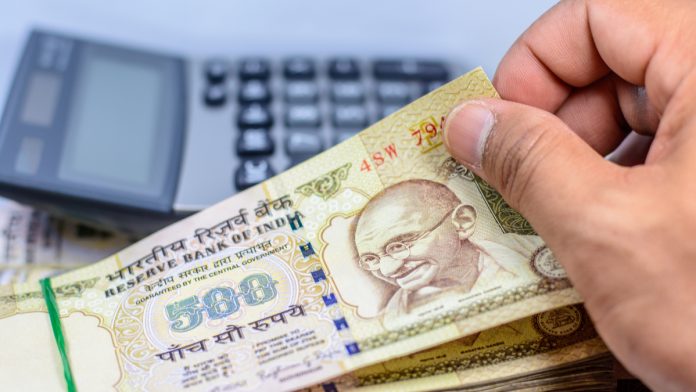GBP/INR is trading sideways on Friday, but the pair is about to end the week with a loss of at least 1.60%. Currently, one British pound buys 92.270 Indian rupees, down 0.01% as of 7:10 AM UTC.
The pair was trading within a horizontal channel for the whole month of April and the beginning of May. It has recently broken below the channel’s support line and stopped near 92.000, touching the lowest level since March 27.
While both the British and Indian economies are struggling with the coronavirus crisis, the rupee has gained some confidence after the Indian government said that it would gradually ease the lockdown measures after May 17.
UK Prime Minister Boris Johnson announced some relaxations as well. However, the UK government’s approach caused much confusion among analysts and households.
Another key factor that has depressed the pound is analysts’ debates on how much the UK economy would contract in the second quarter. Top economists, including Bank of England’s policymakers and the NIESR, anticipate a GDP contraction of up to 30% in the three months to June. This would end up in the worst economic recession in centuries.
UK Manufacturers More Pessimistic About Recovery
All of Britain’s sectors have been affected, and it’s difficult to anticipate when the normal activity will restart. Make UK said earlier today that manufacturers believe it would take longer to recover from the coronavirus crisis compared to only a few weeks ago. About 75% don’t expect that business will be back to normal within six months. More than one third anticipate that it will take more than 12 months.
Make UK CEO Stephen Phipson commented:
“It’s clear that it is going to be a long road back to anything like normal trading conditions and, despite the lockdown beginning to be lifted, there will be a significant impact on companies and jobs for some time to come.”
While about 90% of UK manufacturers are operating to some degree, over 83% had reported a significant decline in orders.
The Office for National Statistics (ONS) said on Wednesday that factory output tumbled by 4.6% in March. Also, the GDP fell by a record 5.8% over the same month.





